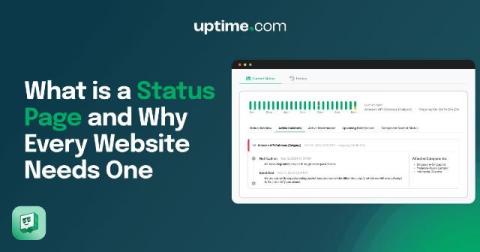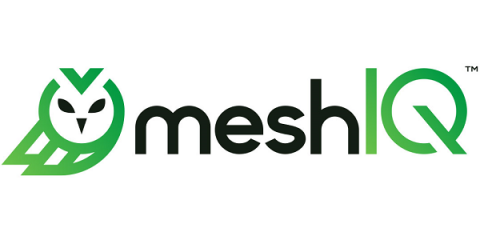Easiest Way to Monitor Traefik Requests Using StatsD and Graphite
Traefik is a modern reverse proxy and load balancer designed to handle dynamic, microservices-based environments with ease. It's popular for its simple configuration, native integration with cloud platforms, and ability to automatically discover services in real time. Monitoring Traefik is essential to ensure efficient traffic management, gain insights into service performance, and quickly detect issues, making it a vital component in maintaining reliable, high-performance applications.











